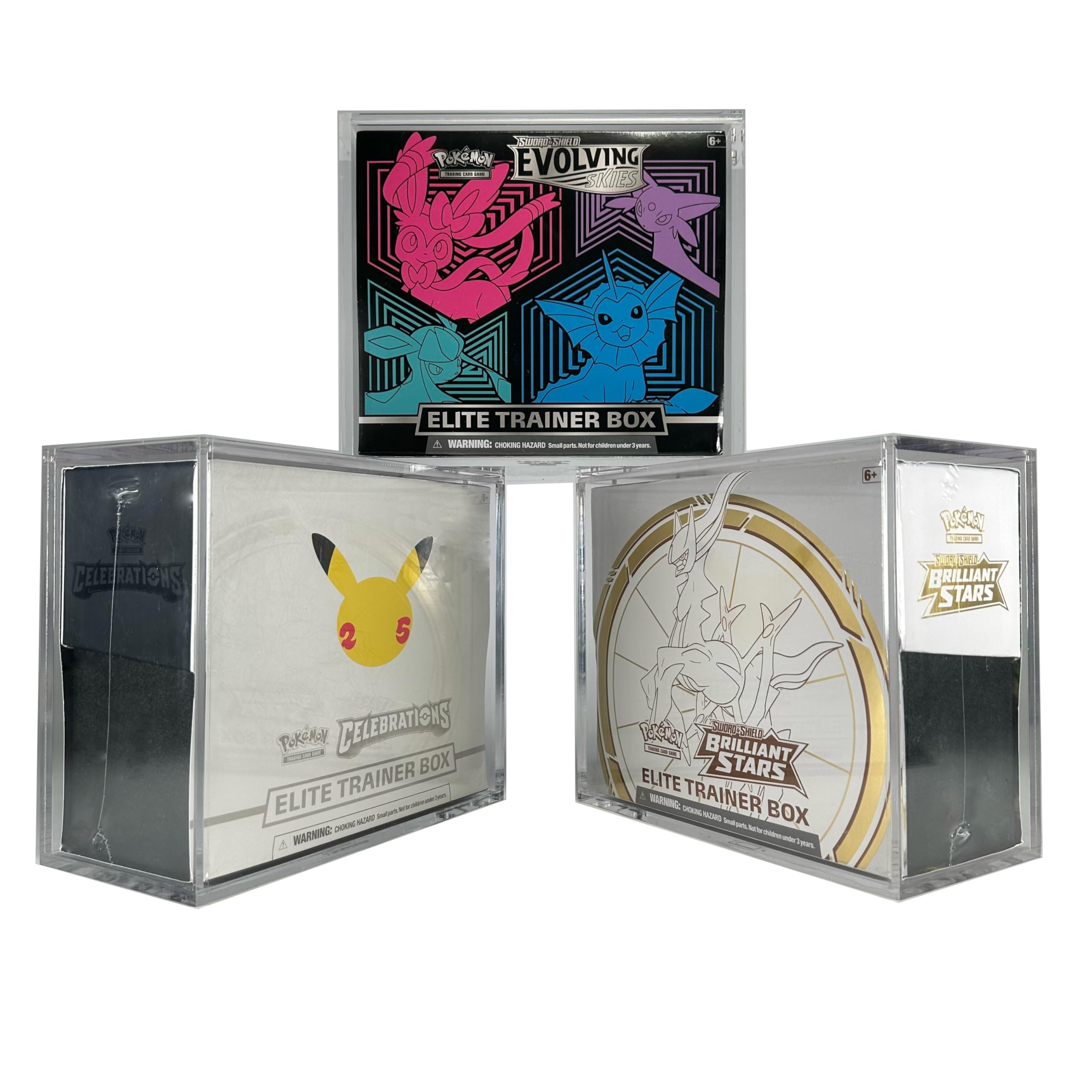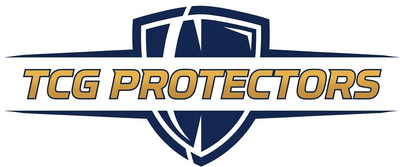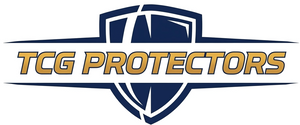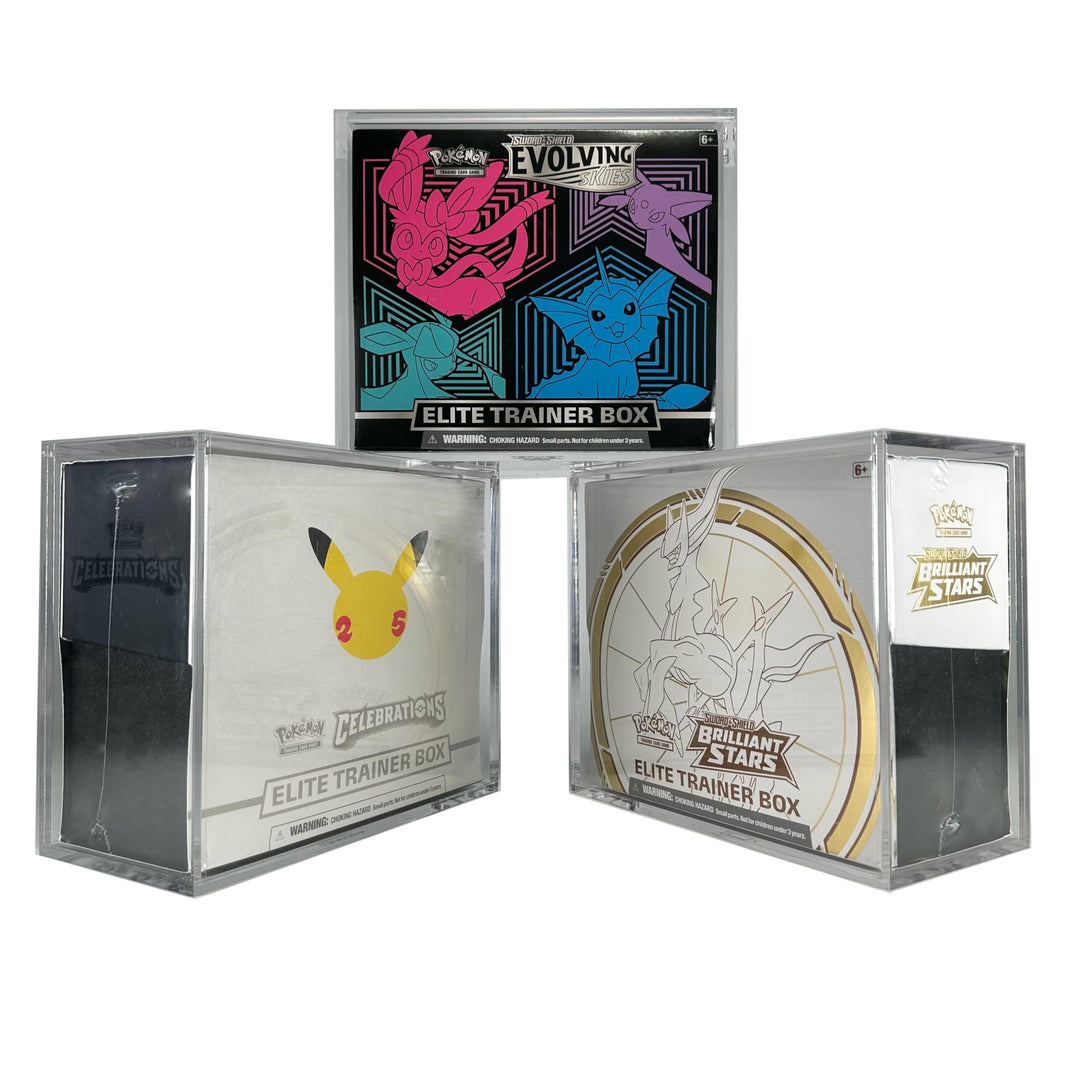In the world of Pokémon card collecting, one question comes up more than any other: "What is my card worth?" While it seems like a simple question, the answer can be surprisingly complex. Asking prices on a storefront are one thing, but the true market value of a card is determined by what collectors are actually willing to pay for it.
To find that number, you need more than just one source. You need a toolkit. The modern hobby is supported by several fantastic resources, each offering a different piece of the pricing puzzle. By learning how to use them together, you can move from guesswork to confidence and become a more knowledgeable collector.
The Data Sources: Your Three Pillars of Pokémon Card Pricing

Think of these three platforms as the foundation of all card pricing. Each one provides a different, essential perspective on a card's value.
TCGplayer: The Marketplace Standard for Pokémon Card Prices
TCGplayer is the largest online marketplace dedicated to trading card games in North America. Because of its massive sales volume, its data has become the industry standard, especially for modern, ungraded ("raw") cards.
-
What it's best for: Getting a quick, reliable baseline price for modern, near-mint single cards.
-
Key Metric: "Market Price." This is the number you'll see most often. It's a calculated average of recent sales for that specific card on the TCGplayer platform. It's an excellent starting point for common trades and purchases.
-
Limitations: TCGplayer's data is limited to its own ecosystem. It's less reliable for pricing vintage cards, graded cards, or cards in less-than-mint condition, where the market is more nuanced.
eBay Sold Listings: The Real-World Receipt for Pokémon Card Value
If TCGplayer is the sticker price, eBay's sold listings are the final receipt. This is the ultimate source of truth for what a collector, in a specific moment, was willing to pay for a card, including shipping.
-
What it's best for: Determining the true market value of virtually any card, especially vintage, graded, and rare promotional cards.
-
How to use it: Search for your card and then use the "Sold Items" filter (on the left-hand menu on desktop, or under "Filter" on mobile). This will show you a list of all the recent completed sales for that card.
-
Limitations: This data requires analysis. You need to look at the photos to compare the card's condition to your own and focus on the most recent sales to get an accurate picture. A single high or low sale can be an outlier; the real value lies in the average of several recent sales.
PriceCharting: The Historical Aggregator for Pokémon Card Trends
PriceCharting is a powerful tool that scrapes and aggregates sales data, primarily from eBay, and presents it in an easy-to-read format. Its greatest strength is its ability to show you a card's price history over time.
-
What it's best for: Tracking long-term market trends and looking up prices for professionally graded cards (PSA, BGS, CGC). Check our blog on grading card services to see what is best for you.
-
How to use it: Simply search for your card to see its current average sale price across different grades. You can also view a chart of its price history, which is invaluable for understanding if a card's value is rising, falling, or stable.
-
Limitations: Because it averages eBay sales, the "ungraded" price can be misleading, as it often lumps together cards of all conditions, from damaged to near-mint. It's best used for its historical data and for tracking graded card values.
The Organizer: Pokémon Collection Tracking Apps for Value Estimation
Once you know how to find the value of a single card, you'll want a way to track your entire collection. This is where portfolio apps like Collectr, DEX, and PokeData come in.
These apps allow you to catalog every card you own and then pull pricing data from sources like TCGplayer and eBay to give you an estimated total value for your collection. They are fantastic for getting a quick, at-a-glance look at your portfolio.
However, it's crucial to view these apps as an estimate. They often struggle to accurately price anything outside of standard, near-mint modern cards and can sometimes be out of date. They are a wonderful organizational tool, but for precise pricing on a specific card, you should always cross-reference with the three data sources above. For tips on managing your collection, read our TCG collection management guide.
The Collector's Workflow: Step-by-Step Guide to Pricing Pokémon Cards

Now, let's put it all together. Here is a simple, three-step "triangulation" method to find the most accurate value for any card in your collection.
-
Get the Baseline (TCGplayer): Start by searching for the card on TCGplayer to find its current "Market Price." This gives you a solid starting point for a near-mint, raw copy.
-
Verify with Real Sales (eBay): Next, search for the same card on eBay and filter by "Sold Items." Look at the 5-10 most recent sales for a card in the same condition as yours. Does the average sale price line up with the TCGplayer Market Price? This step confirms what people are actually paying right now.
-
Check the Trend (PriceCharting): Finally, look up the card on PriceCharting to see its historical data. Is the card's value on an upward trend, or has it been declining? This context helps you understand where the card sits in the broader market cycle.
By combining these three perspectives, you can determine a Pokémon card's value with a high degree of confidence. For rare chase cards, explore our Pokémon modern chase card guide.
Conclusion: From Guesswork to Knowledge
Pricing Pokémon cards is a skill, and like any skill, it gets easier with practice. By using this toolkit of resources, you can stop guessing and start making informed decisions. Whether you're buying, selling, trading, or simply appreciating the collection you've built, understanding its true value will make you a more confident and knowledgeable collector.














Leave a comment